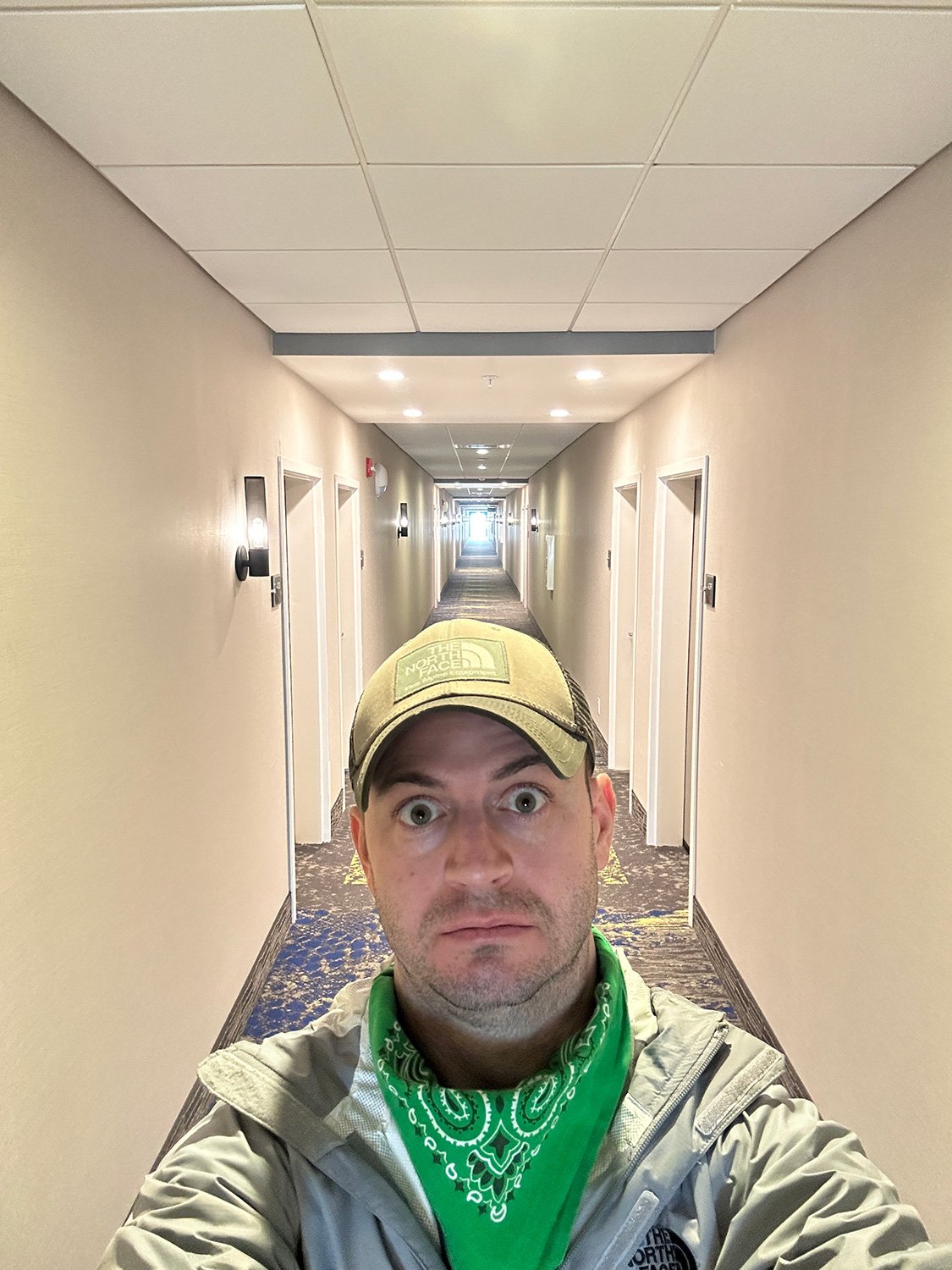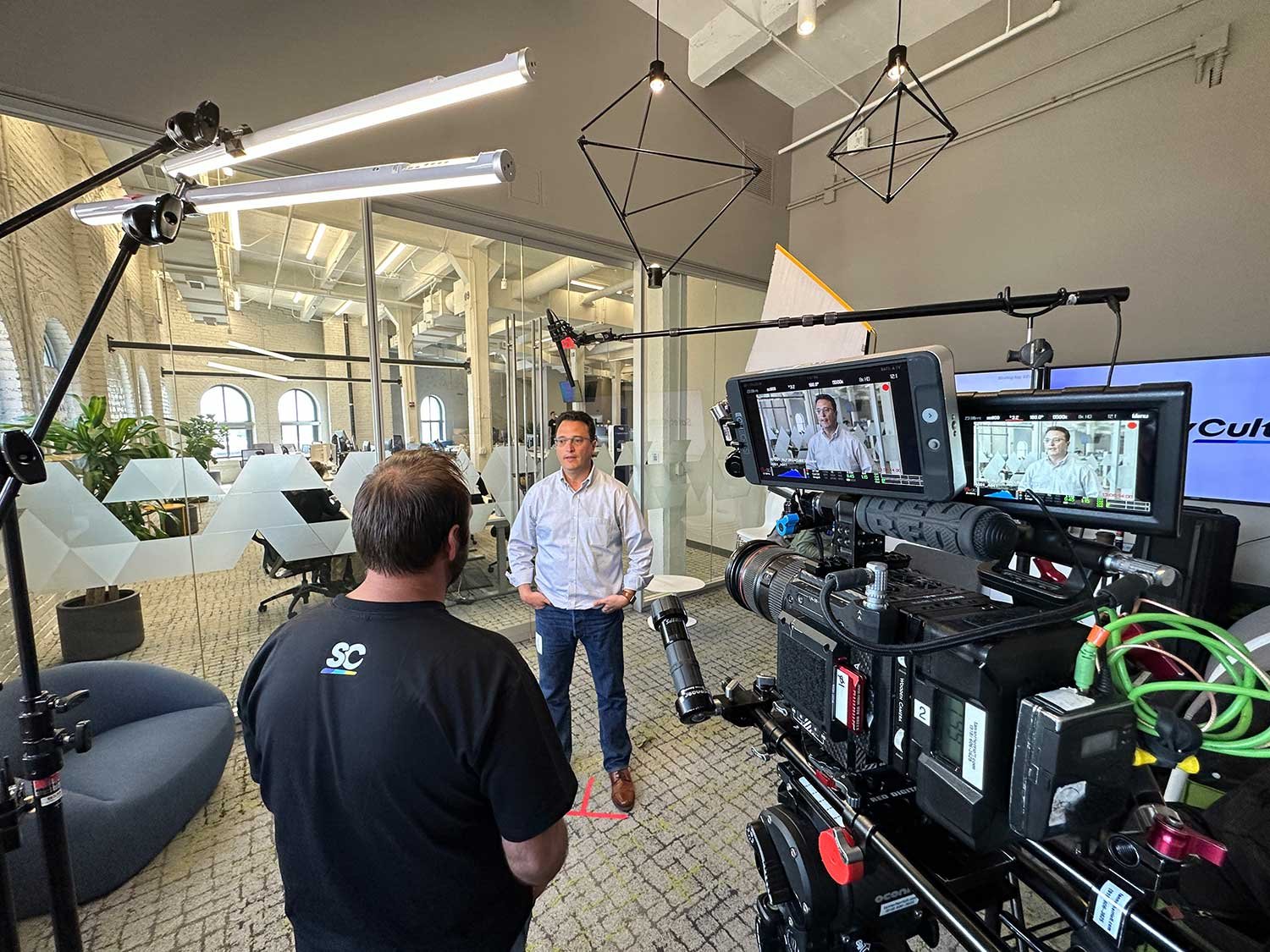I'm supposed to be studying for another exam right now, but my head is still mushy after a nearly three hour midterm earlier this afternoon. So instead I'll ramble on about how these last few months have been a blur with me still trying to balance work, family, and grad school responsibilities.
There was a trip out to Indiana a few weeks ago where I ate a tiny octopus, lost another fancy pen, and chased high school theater kids around. Then a few days dodging weather delays and scheduling issues with a good crew and a camera package I mostly enjoyed. Out in Connecticut I ate well and closed the rings on my Apple Watch each day before 10a while working with a bunch of younger student athletes. Don't forget that other shoot with the Cherokee Nation and their rad XR studio out in NE Oklahoma before that quick trip out to Shreveport so I wouldn't miss our younger monster's birthday again. I believe there was a film festival and an U.S. military air show in there somewhere too, but I was much younger then.
I have these photos on my phone that act like a trail of bread crumbs to remind me of where I've been lately. Forget actually trying to make something interesting looking, I'm just trying to remember what happened.
What's kinda wild is that my bread crumb photos have all sorta started looking the same. I wear the same blue collared shirt when I'm traveling by plane to a job and airports for the most part all kinda have the same look and feel. Then there's the black collared shirts I'll wear on set in trying to look like an adult. Well, unless I know I'll be working mostly outside and then it's the safari outfit with the green bandana to subtly let others know I'm down for women making their own decisions. Then there's the "Where'd I park?" and "I should take a photo of this lighting setup so I can remember what we did" set of photos. Not too long ago I'd mentioned something to St. Anne the Wife about how normal it is in this line of work to be picked up from the airport by complete strangers, work with them like crazy for a few days, and then peace out at the end of the job never knowing if you'll ever see them again.
I know too I wrapped up a couple more MBA classes around the end of June, then jumped straight into two more. During the summer semester we've had each of those eight week classes essentially crammed into two, five-week periods. I keep telling myself (and the wife and kids) that this short-ish 18 month period of doing my MBA won't last forever and will be crazy helpful in the long run.
In time, things will calm down and I'm sure I'll be bored out of my mind along with thinking I'll never work again. At least during this round of crazy busy I'm not fighting off "stress induced physical pain."





































